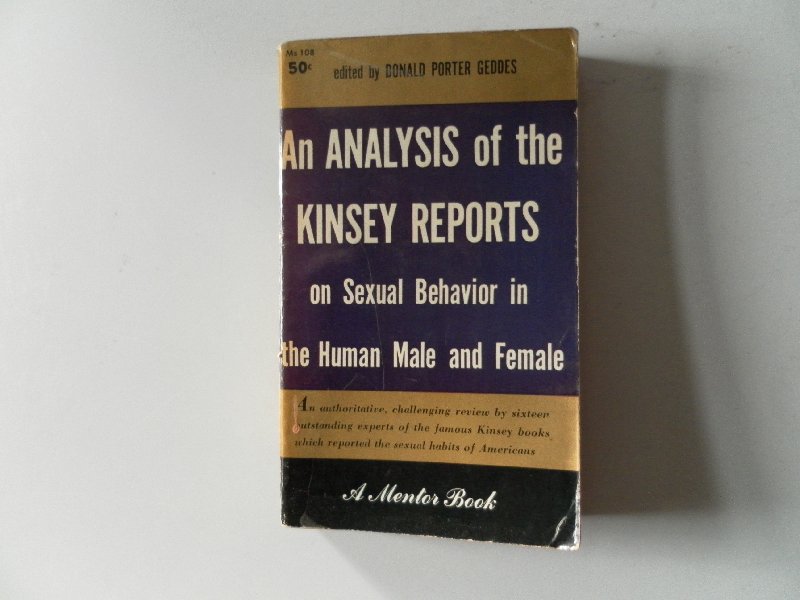

Women, who masturbated, were successful 95% of the time. Yet Kinsey concluded that women achieved orgasm most reliably through masturbation alone. Only 20% of women (in Kinsey’s sample) masturbated regularly. To the public, it was a revelation that women were capable of orgasm at all. It was only with a male lover, that women claimed to have orgasms in line with male orgasm frequencies.Įven with these doubtful orgasm claims, Kinsey concluded that very little of women’s overall sexual activity ever resulted in orgasm. Women’s orgasm frequencies through masturbation and lesbian sex were both sporadic and infrequent. He found that women orgasm around once every 2 to three weeks on average. For men under 30, orgasm frequencies were 3 times per week on average. Kinsey found that men were on average up to 6 times more responsive than women. For adults, orgasm is the result of a person consciously bringing their mental arousal to a climax. A person knows for sure if they have an orgasm. If a woman says “I might have had an orgasm once”, this is not evidence of orgasm. Female orgasm is more subjective and relies on a woman’s testimony. Male orgasm is easily identified because it is accompanied by ejaculation. This approach provided interesting insights into male sexuality because when a man is stimulated genitally, orgasm is usually a given. Kinsey’s report focused on orgasm in an attempt to draw objective conclusions. If women had orgasms with a lover, their responsiveness would also have a similar impact on intercourse frequencies. Kinsey challenged these orgasm claims because he found that the frequencies with which couples had intercourse correlated closely with the man’s responsiveness. As a scientist, Kinsey was obliged to document the orgasms women reported with a lover. Despite such a large proportion of the female population being unresponsive, other women’s orgasm claims were accepted at face value. Many women (30% of Kinsey’s sample or around 1,800 women) openly admitted that they were never or rarely aroused. He indicated that it was likely that both race and culture influence a person’s sexuality.Īround 10% of the women in Kinsey’s sample acknowledged that they had never had an orgasm in their life. Kinsey spoke to over 5,300 men and 5,940 women (white Americans). This approach ensured the research samples were representative of the general population. His research covered a period of more than 10 years (between 19), which allowed time for some of the more reticent individuals to be persuaded to contribute. The five-year gap was due to the controversy over his conclusions on female sexuality. Kinsey’s report on male sexuality was published in 1948 followed by the female report in 1953. There has been no research since that has come anywhere close to the detail and thoroughness of his work. Kinsey’s work provides us with the most comprehensive data there is on sexuality. He provided statistics for men and women’s total outlet (defined by the incidence of orgasm) including masturbation, coitus, extra-marital affairs, homosexual activity and sex with prostitutes. Kinsey’s work was unpopular because people were offended by its explicitness.

Kinsey’s team acquired an unprecedented knowledge base, which enabled them to objectively assess a person’s sexual experiences. This, in itself, was evidence of women’s much lower interest in sexual matters and their lack of authority compared with men. The reports were co-authored by four men.

His work was unpopular for highlighting women’s much lower responsiveness. Kinsey used the frequency of orgasm (responsiveness) as a measure of sexuality. They then produced tables to see if there were any correlations between sexual activity and personal characteristics. His team classified people according to sex, age and education level. Alfred Kinsey and his colleagues held private interviews with over 10,000 people.


 0 kommentar(er)
0 kommentar(er)
